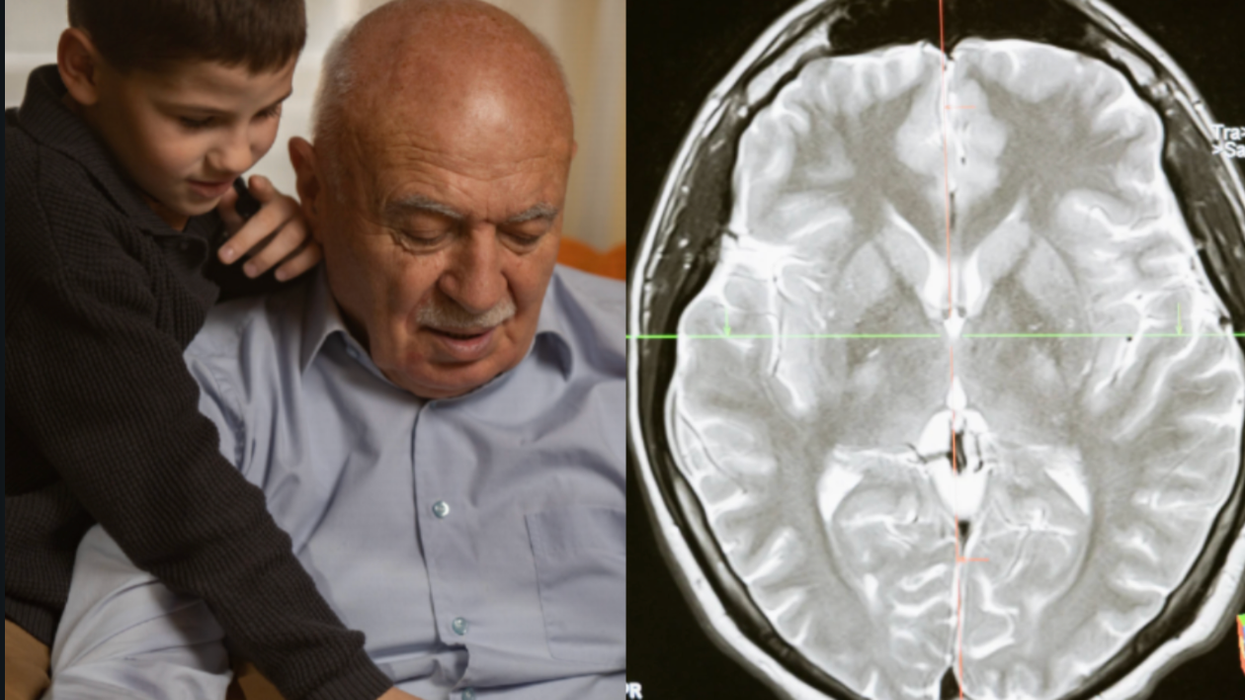When school lets out for the summer, the nation’s teachers get a much-deserved chance to sleep in, lounge by the pool, or travel. Along with the rest and relaxation, plenty of educators also spend the summer months planning lessons for the next school year and attending professional development workshops. And if they’re teachers in Colorado, this summer they might be learning how to handle a gun on their campus.
This week, a group of 17 educators are participating in a three-day workshop in Weld County outside Denver, where they’re learning how to fire back at an active shooter and give medical help to students who’ve been hurt. The workshop—the first of its kind in Colorado—is run by Faculty Administrator Safety Training and Emergency Response (FASTER). The Ohio-based organization was started after the 2012 Sandy Hook Elementary School shooting in Newtown, Connecticut, which killed 20 children and six adults.
[quote position="left" is_quote="true"]We hope that no innocent students are unintentionally shot by the volunteers.[/quote]
Ronnie Wilson, a school administrator who will be opening a charter school in Falcon, Colorado, in the fall, told KDVR that he chose to participate in the workshop because he’s concerned about the safety of his 700 students.
“The kind of training that I have personally received is something beyond what I could have received through the sheriff’s office, just for my conceal-carry permit,” said Wilson. “So crisis management is of utmost importance. Also, to kind of prepare yourself not for if the worst happens, but when it could happen.”
In the aftermath of Newtown, the idea that allowing teachers to bring guns to school would make kids safer took root in some parts of the nation. In 2013, South Dakota became the first state to authorize teachers or other school staff to carry concealed weapons in K-12 schools. Now, nine states allow it.
Since its founding, FASTER has trained about 900 school staff in Ohio. “The purpose is not to replace police and EMT, but to allow teachers, administrators, and other personnel on-site to stop school violence rapidly and render medical aid immediately,” according to the FASTER website. Participants have to already have a concealed carry permit and be authorized to serve as a volunteer security officer by their local school board.
However, the Readiness and Emergency Management for Schools Technical Assistance Center, which was established in 2004 by the U.S. Department of Education’s Office of Safe and Healthy Students, is opposed to these laws and trainings. In a section of its website with tips about how to respond to an active shooter situation, REMS-TA states: “The possibility of an active shooter situation is not justification for the presence of firearms on campus in the hands of any personnel other than law enforcement officers.”
Research gathered by Everytown for Gun Safety, indicates that the likelihood of a Newtown or Columbine-type incident happening is “extremely rare.” On its website, the nonprofit, which advocates for gun control and against gun violence, notes that “only 1 percent of all homicides of school-age children occur on school grounds, on the way to or from school, or during a school sponsored event.”
That doesn’t mean incidents don’t happen, though. Everytown has tracked shootings at K-12 schools, colleges, and universities since 2013. According to its data, there have been 228 school shootings in the past four years. However, Everytown defines a school shooting to be “when a firearm was discharged inside a school building or on school or campus grounds, as documented by the press or confirmed through further inquiries with law enforcement.” So when a couple of girls eating lunch outside an elementary school in Chicago are hit in the hand and arm by bullets from someone shooting in the surrounding neighborhood, that qualifies.
Everytown also points out that when the source of the gun used in a school shooting is known, police find that half of students acquired a gun in the home. “Making it harder for children to bring firearms from home—by enacting child access protection laws and promoting a culture of safe storage—could help address those situations,” wrote Everytown.
[quote position="full" is_quote="true"]More guns on campus will not stop school shootings. Keeping guns out of dangerous hands will.[/quote]
In a post on its Facebook page on Thursday, the Colorado chapter of Moms Demand Action for Gun Sense in America condemned the Weld County training. “More guns on campus will not stop school shootings. Keeping guns out of dangerous hands will,” they wrote. “We hope that no innocent students are unintentionally shot by the volunteers after their 3 day training course.”
Wilson was the only participant in the FASTER training to identify themselves to the media. The anonymity of the school staffers concerned several people posting on the Moms Demand Action Facebook page. Some wondered if parents will be notified by their schools if a teacher or other staffer has a gun on campus, and what the insurance implications are for schools. It might not be too hard for folks to find out whether staffers took part though, since, as one commenter pointed out, all public schools are “subject to disclosure of records.”








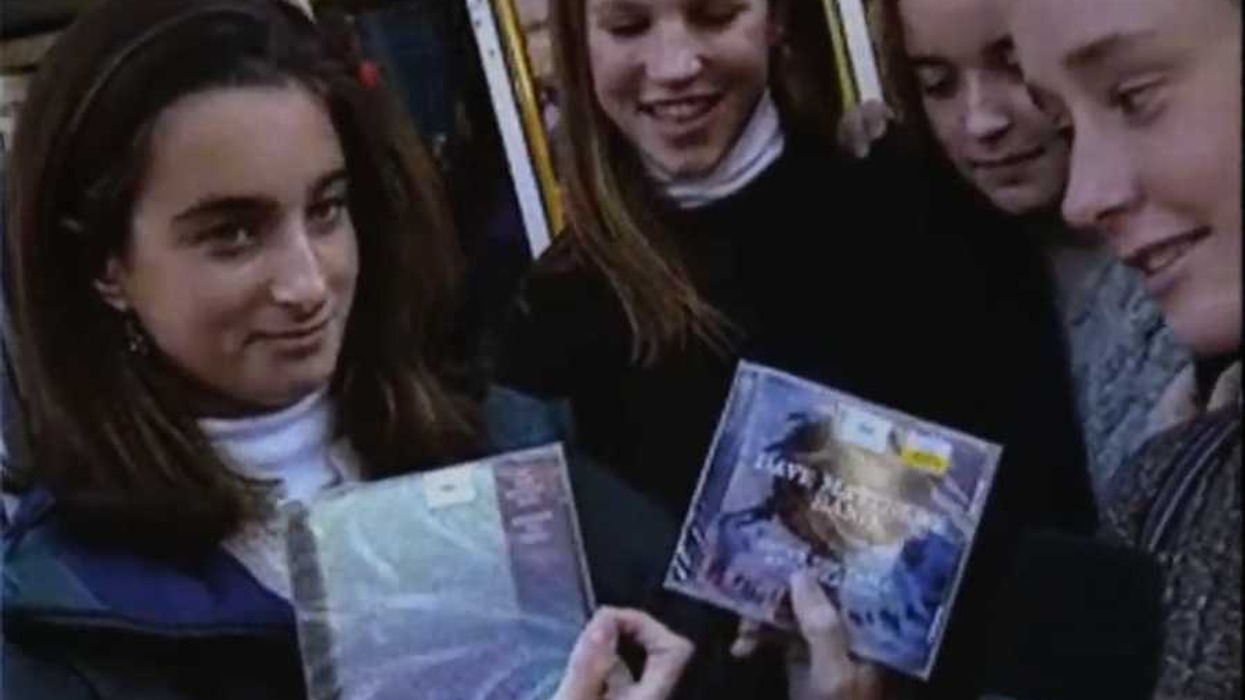



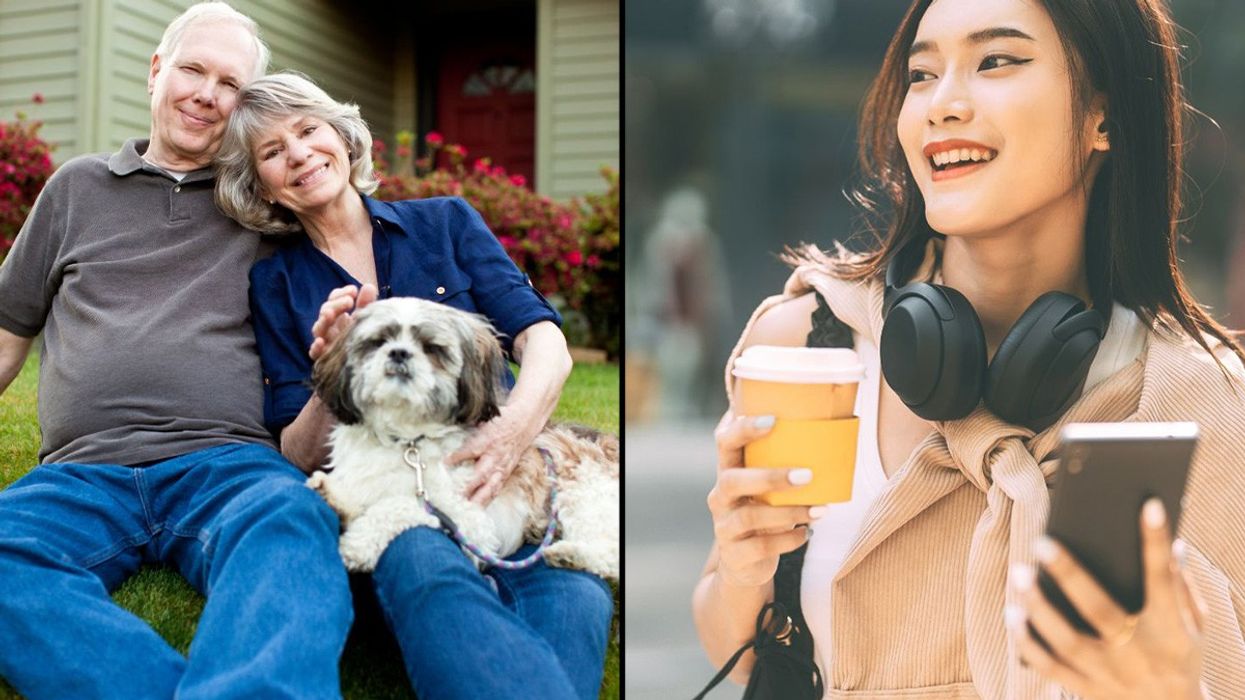
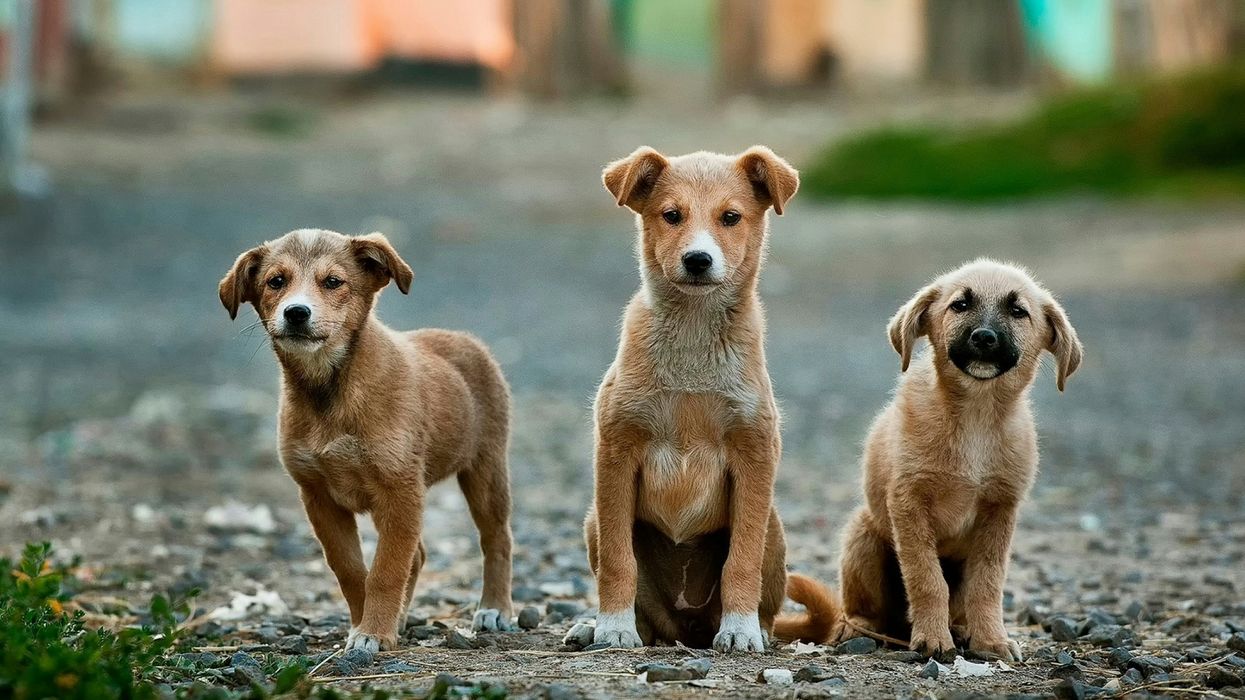
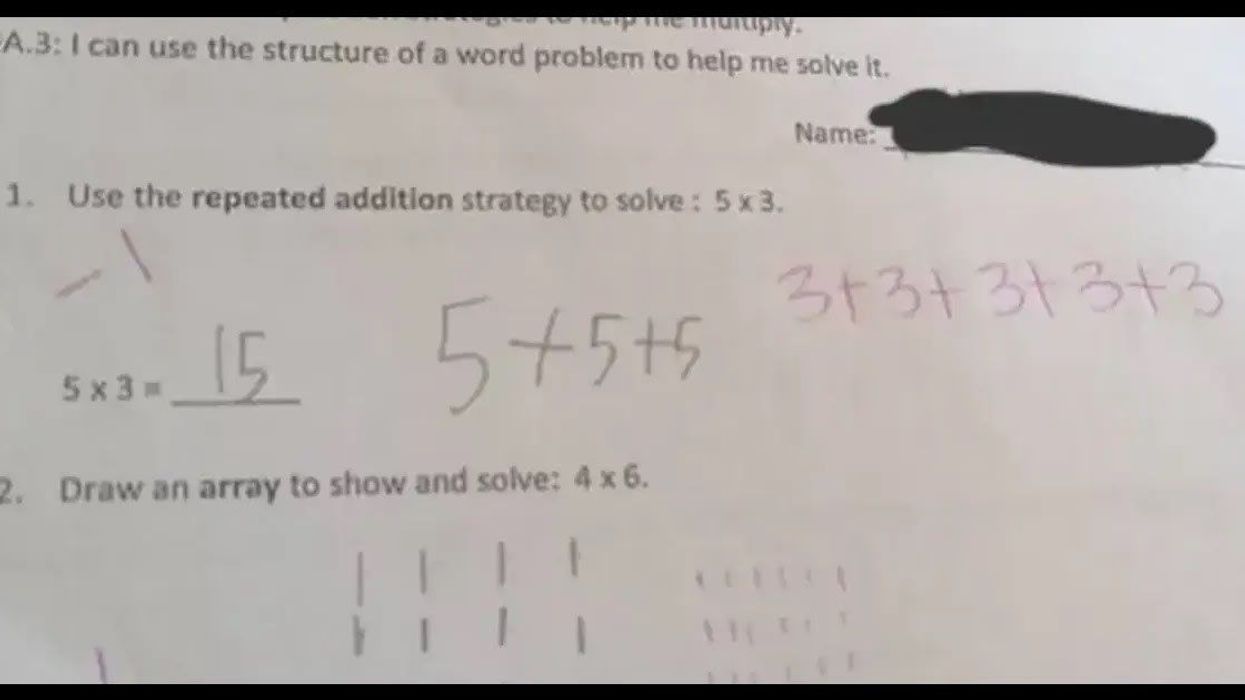


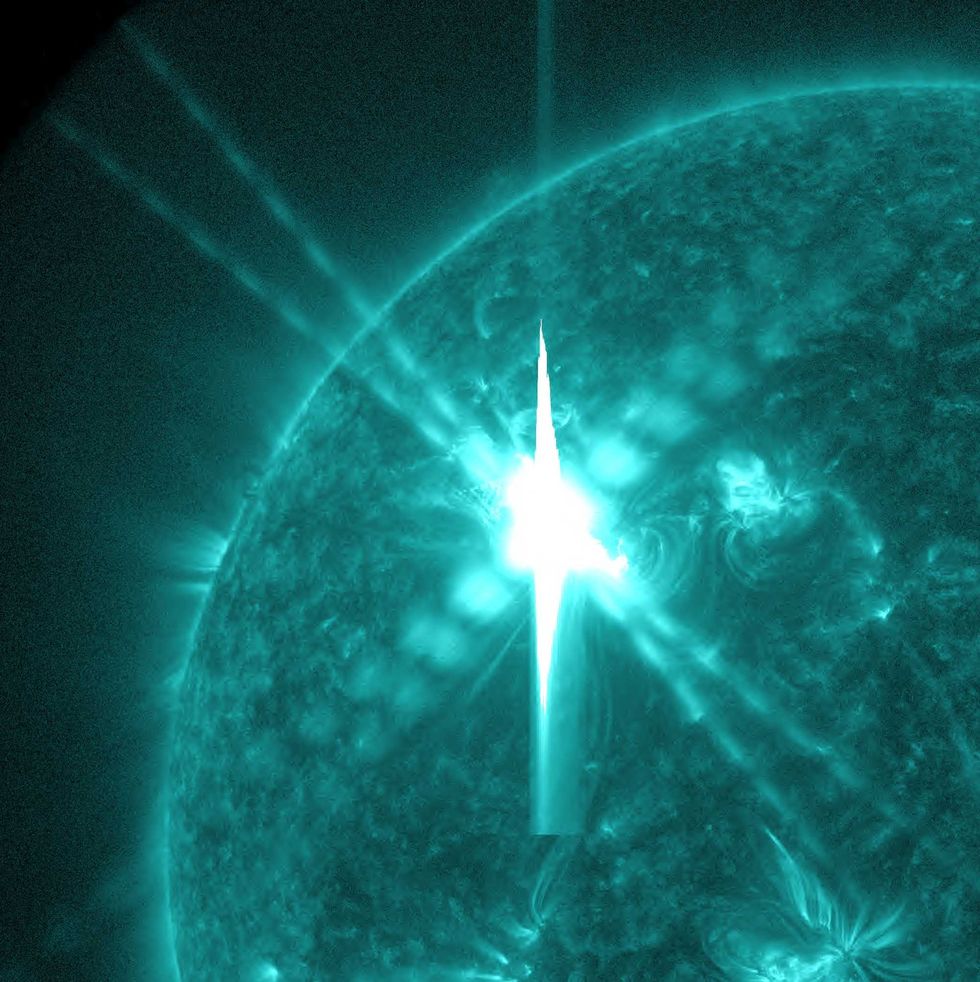 Image artifacts (diffraction spikes and vertical streaks) appearing in a CCD image of a major solar flare due to the excess incident radiation
Image artifacts (diffraction spikes and vertical streaks) appearing in a CCD image of a major solar flare due to the excess incident radiation

 Ladder leads out of darkness.Photo credit
Ladder leads out of darkness.Photo credit  Woman's reflection in shadow.Photo credit
Woman's reflection in shadow.Photo credit  Young woman frazzled.Photo credit
Young woman frazzled.Photo credit 
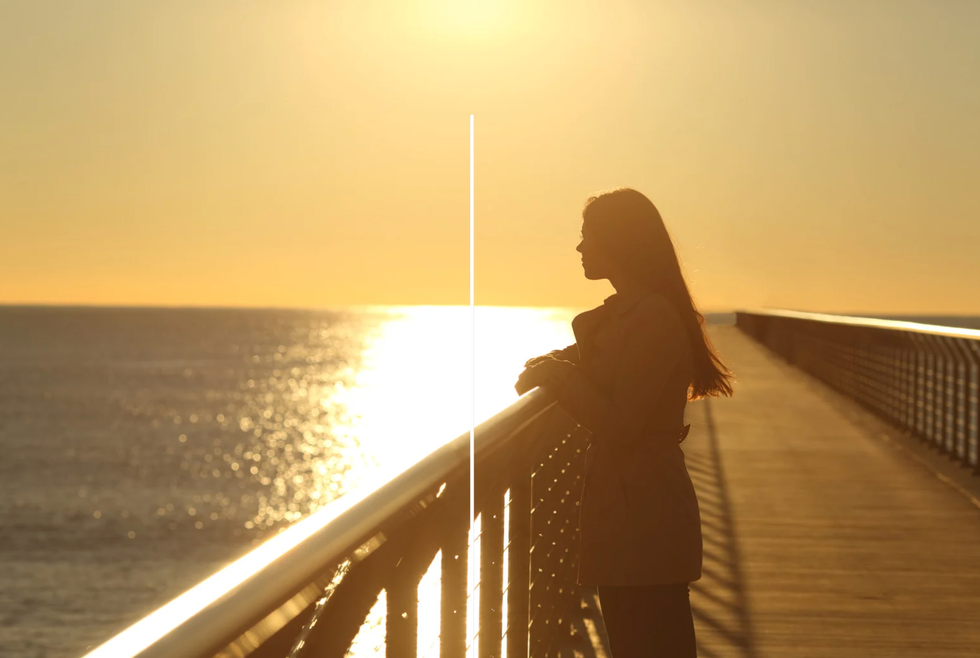 A woman looks out on the waterCanva
A woman looks out on the waterCanva A couple sits in uncomfortable silenceCanva
A couple sits in uncomfortable silenceCanva Gif of woman saying "I won't be bound to any man." via
Gif of woman saying "I won't be bound to any man." via  Woman working late at nightCanva
Woman working late at nightCanva Gif of woman saying "Happy. Independent. Feminine." via
Gif of woman saying "Happy. Independent. Feminine." via 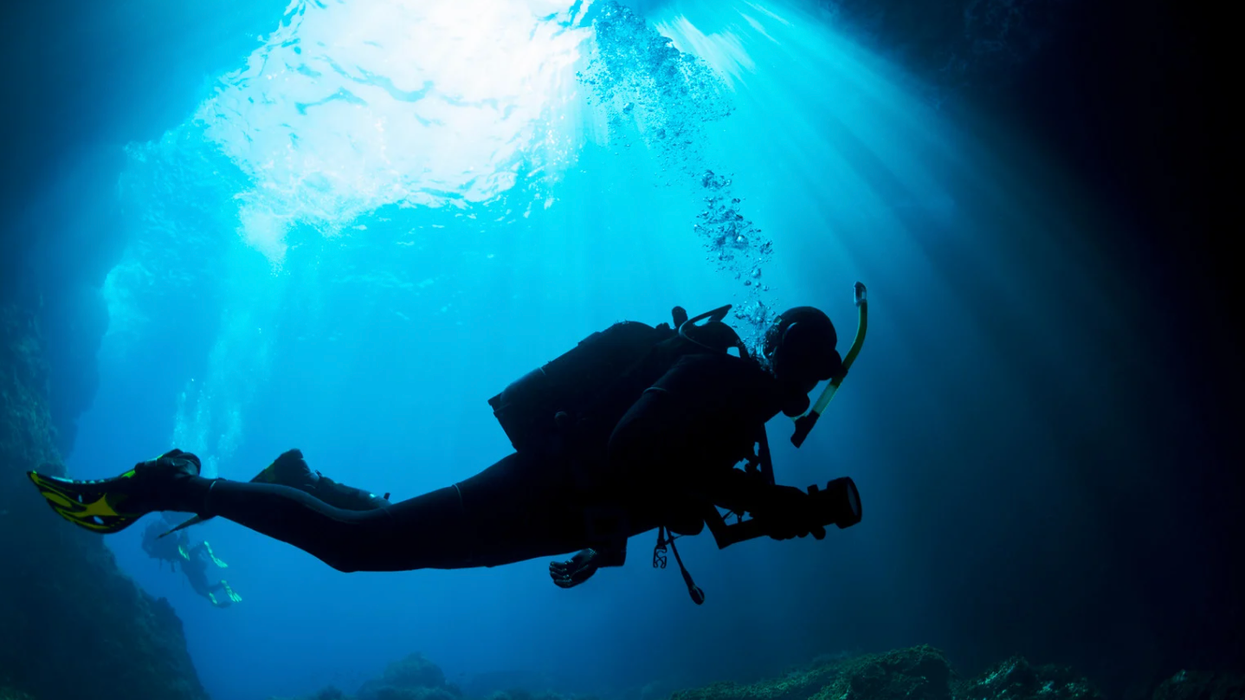
 Yonaguni Monument, as seen from the south of the formation.
Yonaguni Monument, as seen from the south of the formation. 